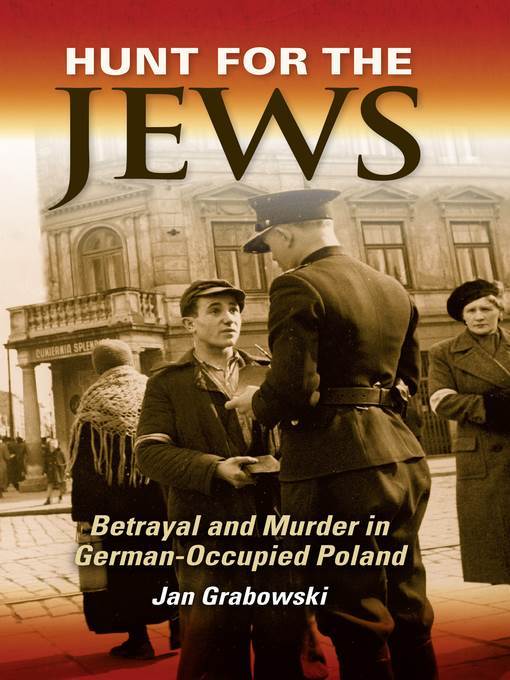
Hunt for the Jews
Betrayal and Murder in German-Occupied Poland
کتاب های مرتبط
- اطلاعات
- نقد و بررسی
- دیدگاه کاربران
نقد و بررسی

August 15, 2013
An intensely focused, heavily statistical study of the widespread denunciation of Jewish refugees among Polish gentiles during the Nazi occupation. The salvation of the Jews who managed to escape the ghettos and the death trains was largely left in the hands of the Poles, "who failed this test of humanity," writes Grabowski (History/Univ. of Ottawa) in this grim, compelling work of research. He concentrates on the rural county of Dabrowa Tarnowska, just 50 miles east of Krakow, chosen due to the wealth of records available (survival accounts, testimonies, court documents) and its rural character, with a prewar census of 66,678 people, including 4,807 Jews. The author followed the fates of 337 Jews who tried to survive in the county, of which 51 managed to hide until liberation, while 286 died between 1942 and 1945. Grabowski touches on the prewar relations among the Jews, Polish peasants and Catholic clergy, only to suggest that where they once worked alongside each other in small villages, the relations steadily deteriorated with the rise of economic dissatisfaction and anti-Semitic political propaganda. The Nazis introduced "draconian regulations," and Jews were put into ghettos and terrorized by violence, coinciding with the opening of the Belzec extermination camp in March 1942. Those who escaped ran into the forests or found refuge among Polish neighbors, often protected only until their ability to pay ran out. The next stage in the Jews' destruction was the horrific Judenjagd, the hunt, during which the German "evacuation commandos," Polish "blue" police, youth construction service and the Jewish police worked to flush out their victims. Grabowski breaks down each group with meticulous research. A significant, scholarly study that may be arduous for nonacademic readers.
COPYRIGHT(2013) Kirkus Reviews, ALL RIGHTS RESERVED.

October 1, 2013
Grabowski (history, Univ. of Ottawa) provides a case study of the Holocaust in the Polish county of Dabrowa Tarnowska, which was occupied early in the war and not liberated until the spring of 1945. After Operation Reinhard (1942-43), the Nazi plan to murder Poland's Jews, thousands of them sought refuge in the forests and towns of the county, yet fewer than 100 of them survived the war. Many Jews were killed as a result of Judenjagds (Jew hunts) carried out frequently by Poland's Blue Police and abetted by local volunteers. After capturing Jews, the police turned them over to the Nazis to be murdered. Eschewing facile generalizations about latent or active anti-Semitism, Grabowski considers the motivations of both those who aided Jews and those who attacked them. Sometimes the same person engaged in both activities. For example, one Pole sheltered several Jews as long as he was paid, and when the money ran out, he bludgeoned them to death. VERDICT Grabowski's highly detailed reconstruction challenges the conventional wisdom of dividing the population into victims, perpetrators, and bystanders. More local studies are needed to see if his conclusions can be applied on a national level. Recommended for all serious Holocaust collections.--Frederic Krome, Univ. of Cincinnati Clermont Coll.
Copyright 2013 Library Journal, LLC Used with permission.

























دیدگاه کاربران